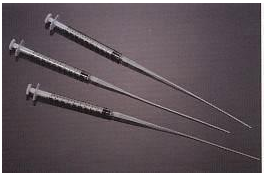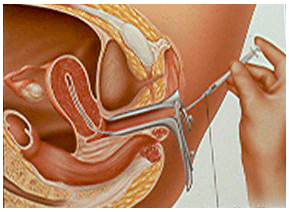Intrauterine insemination, IUI can be an effective treatment for infertility.
It is most commonly used for infertility associated with anovulatory infertility (ovulation disorders), endometriosis, very mild degrees of male factor infertility, cervical infertility, and unexplained infertility. It is not recommended in cases of severe tubal damage or blockage, poor egg quantity and quality (diminished ovarian reserve), or severe male factor infertility. Surgery, in vitro fertilization (IVF), or IVF with donor eggs may be alternatives for couples who are not candidates for IUI.
IUI is a reasonable initial treatment that should be used for a maximum of 3 cycles in women who ovulate. It may be reasonable to consider IUI for longer periods among women who do not regularly ovulate. If the sperm count, motility, or morphology (how the sperm look under the microscope) is abnormal, IUI is less likely to be successful. In that situation, IVF with intracytoplasmic sperm injection, ICSI may be indicated.
The IUI procedure
Most often, the patient is first treated with a fertility medication to induce the development of one or multiple ovarian follicles (that have eggs in them). hCG (human chorionic gonadotropin) is usually administered about 35-36 hours prior to the IUI, which helps to predictably release the egg(s) just after the IUI has been performed.
A semen specimen is produced at home or in the office by masturbation after 2-5 days of abstinence from ejaculation. The semen is then washed (processed) in our andrology laboratory. In this way, the sperm is separated from the other components of the semen and concentrated into small volume. The sperm processing takes about 20-60 minutes, depending on the technique utilized.
The separated and washed specimen consisting of a purified fraction of highly motile sperm is placed high in the uterine cavity using a very thin, soft catheter.

Women usually remain lying down for 5-10 minutes following the procedure. Since the sperm is above the level of the vagina, it will not leak out when she stands up. There are no restrictions on activity following the IUI procedure.

This procedure, usually seems similar to a pap smear for the woman. There should be little or no discomfort. Most pregnancies with IUI occur in the first 3 attempts. The chances for success per month drop off after about 3 attempts and considerably more after about 4-6 unsuccessful attempts. Therefore, this treatment is not usually recommended for more than a maximum of 3-4 cycles.
The amount of motile sperm available for IUI is very important. The chances of success with IUI are best if the total motile sperm count at the time of insemination is > 5 million. If the total motile sperm count is below one million, success rates are very low. Therefore, in vitro fertilization or donor sperm insemination is usually performed for these cases.
In vitro fertilization with ICSI is usually required for very low sperm counts or in cases where significant sperm abnormalities are noted.
Contact Us to Schedule Your Consult
Award Winning Fertility Clinic
 |
 |
 |
 |

